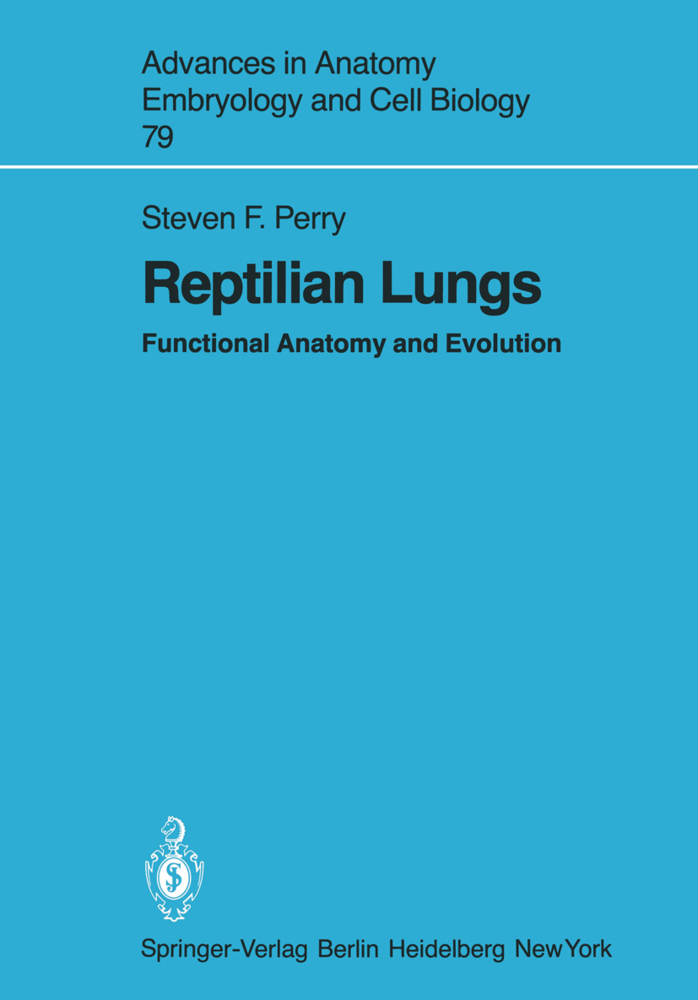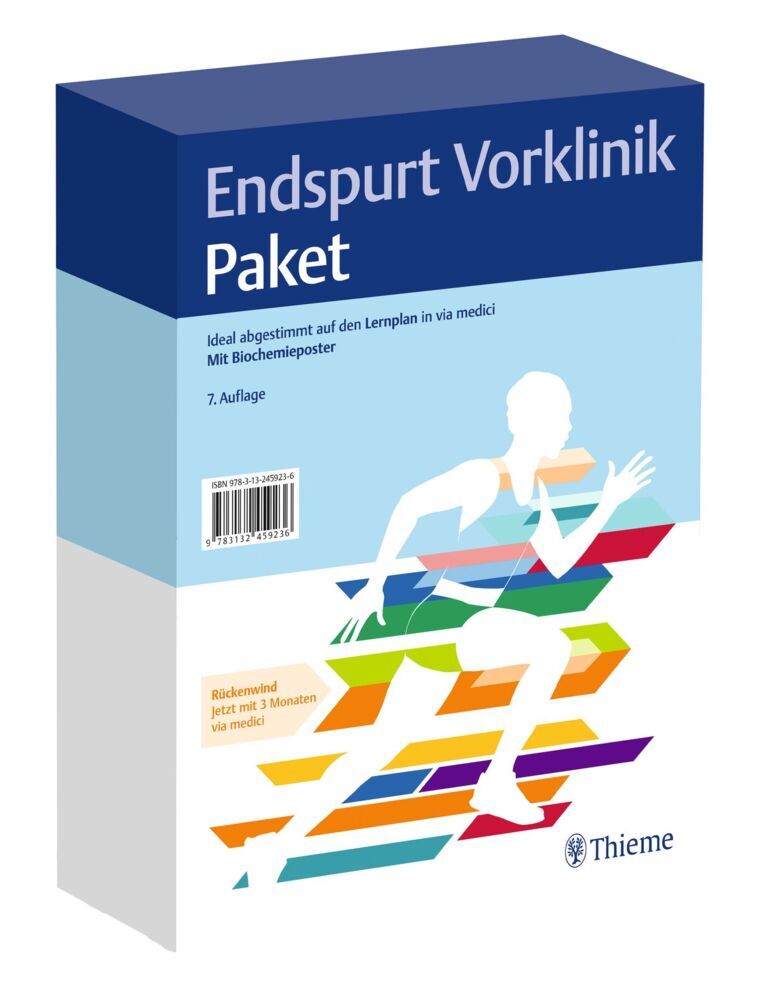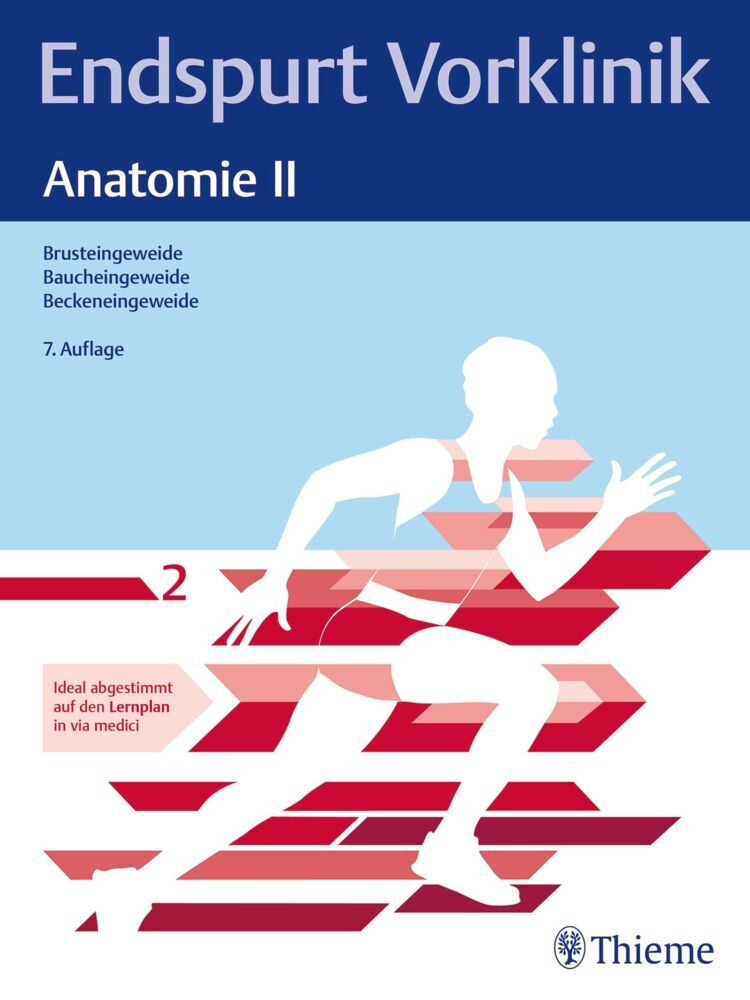Reptilian Lungs
Functional Anatomy and Evolution
Reptilian Lungs
Functional Anatomy and Evolution
This monograph has attempted to bring together morphological and physiological studies of reptilian lungs, to analyze the nature of the resulting correlations, and to risk some speculations regarding the evolution of reptilian lung structure. Central to this work is the morphometric evaluation of the lungs in two species of lizard: "the teju (Tupinambis nigropunctatus Spix) and the savanna monitor (Varanus exanthema ticus [Bosc]) which is presented here for the first time. These two species are similar in body form, and both are diurnally active predators, but their lungs are of basic ally different structural types. The teju possesses relatively small, single-chambered (unicameral) lungs in which the homeycomb-like (faveolar) parenchyma is more or less evenly distributed along their length. In the monitor the lungs are large and many-chambered (multicameral), the individual chambers connecting to an unbranched, intrapulmonary bronchus. The parenchyma is in the form of shallow cubicles (ediculae), which are elaborated on the intercameral septa. The parenchyma is heterogeneously distributed within the lungs, tending to be most concentrated near the intrapulmonary bronchus and the middle third of the lung length. The ventral and caudal portions of these lungs are thin-walled and highly flexible. In both species those portions of the lungs which are most exposed to air convection possess dense capillary nets which almost completely cover both sides of the parenchymal partitions. In more distal regions of the parenchy ma or of the lung, the intercapillary spaces become larger, creating a pseudo-single capillary net.
1.2 Descriptive Classification of Lung Types
2 Morphometry of Reptilian Lungs, with Special Emphasis on the Comparison of the Unicameral Lungs of the Teju, Tupinambis nigropunctatus Spix, and the Multicameral Lungs of the Savanna Monitor, Varanus exan- thematicus (Bosc)
2.1 Animals
2.2 Symbols and Definitions
2.3 Morphometric Methods
2.4 Morphometric Results
2.5 Discussion: Morphometric Comparison of Reptilian Lungs
2.6 Summary
3 The Pump Mechanism, Its Combination with the Exchanger, and Breathing Strategy
3.1 Symbols and Definitions
3.2 The Pump
3.3 Breathing Strategy and the Pump
3.4 Interaction of the Exchanger and Pump in Breathing Strategy: the Ideal High-performance Lung
4 Speculations on the Evolution of the Amniote Respiratory System
4.1 Breathing Mechanism in the First Reptiles
4.2 Lung Structure in the First Reptiles
4.3 Hollow Bones as Indicators of Lung Structure
4.4 Possible Respiratory Function of the Gastralia
4.5 Possible Role of the Ornithischian Pelvis in Breathing
4.6 Broadened Ribs and Alternative Breathing Mechanisms
4.7 Implications for the Evolution of Lung Structure
5 Summary
References.
1 Introduction
1.1 Functional Anatomy and the Evolution of the Respiratory System1.2 Descriptive Classification of Lung Types
2 Morphometry of Reptilian Lungs, with Special Emphasis on the Comparison of the Unicameral Lungs of the Teju, Tupinambis nigropunctatus Spix, and the Multicameral Lungs of the Savanna Monitor, Varanus exan- thematicus (Bosc)
2.1 Animals
2.2 Symbols and Definitions
2.3 Morphometric Methods
2.4 Morphometric Results
2.5 Discussion: Morphometric Comparison of Reptilian Lungs
2.6 Summary
3 The Pump Mechanism, Its Combination with the Exchanger, and Breathing Strategy
3.1 Symbols and Definitions
3.2 The Pump
3.3 Breathing Strategy and the Pump
3.4 Interaction of the Exchanger and Pump in Breathing Strategy: the Ideal High-performance Lung
4 Speculations on the Evolution of the Amniote Respiratory System
4.1 Breathing Mechanism in the First Reptiles
4.2 Lung Structure in the First Reptiles
4.3 Hollow Bones as Indicators of Lung Structure
4.4 Possible Respiratory Function of the Gastralia
4.5 Possible Role of the Ornithischian Pelvis in Breathing
4.6 Broadened Ribs and Alternative Breathing Mechanisms
4.7 Implications for the Evolution of Lung Structure
5 Summary
References.
Perry, Steven F.
| ISBN | 978-3-540-12194-7 |
|---|---|
| Artikelnummer | 9783540121947 |
| Medientyp | Buch |
| Copyrightjahr | 1983 |
| Verlag | Springer, Berlin |
| Umfang | VIII, 84 Seiten |
| Abbildungen | VIII, 84 p. 14 illus. |
| Sprache | Englisch |











